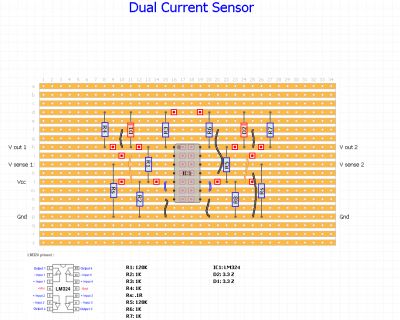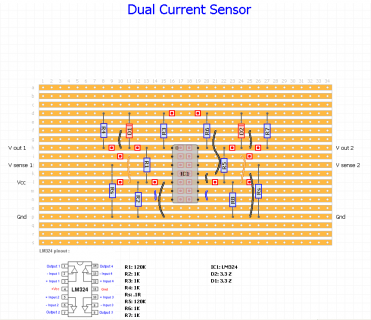good info, as I need this as well.
regarding
R=(VAIO_MAX-VIN)/|IIC|.
what is IIC?
I was just thinking of adding a 10k resistor to the input of analog pin, as my analog source can go to 5v, but I am only interested in values up to 3.3v so I am not using resistor divider or level shifter, as that will reduce the resolution of the signal.
--
just read the data sheet, IIC is 5ma, so R should be > 280 ohms for 5v input.
--
corrected R value calculation, as VAIO_MAX is VDD+0.3 or 3.6v.
I use a lot of 3k resistor in my circuit so will try that first before using a lower value. At 3k, the current at 5v will be 467uA.
regarding
R=(VAIO_MAX-VIN)/|IIC|.
what is IIC?
I was just thinking of adding a 10k resistor to the input of analog pin, as my analog source can go to 5v, but I am only interested in values up to 3.3v so I am not using resistor divider or level shifter, as that will reduce the resolution of the signal.
--
just read the data sheet, IIC is 5ma, so R should be > 280 ohms for 5v input.
--
corrected R value calculation, as VAIO_MAX is VDD+0.3 or 3.6v.
I use a lot of 3k resistor in my circuit so will try that first before using a lower value. At 3k, the current at 5v will be 467uA.
Last edited:





